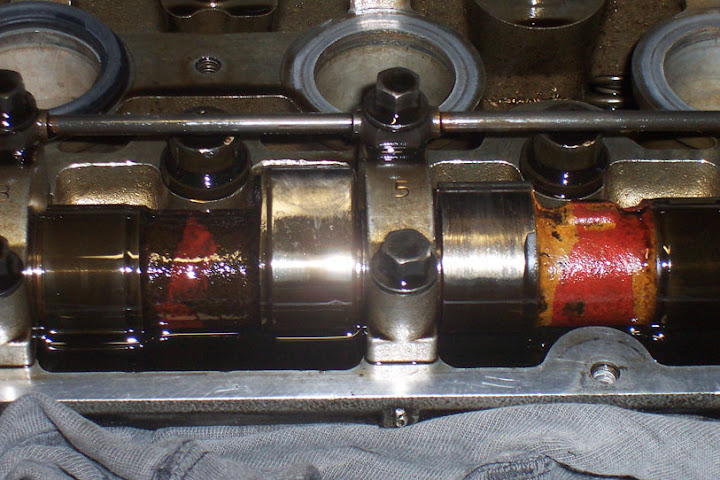This is a picture from a Fiat/Lancia 2L 4cyl 16V engine. As you can see the lobe is worn away a lot compared to the adjacent one. This seems to be a common but random problem. It can be any lobe and more than 1 per engine. Some high mileage engines can be fine. These engines are now 15-23 years old now. Can it be the oil? If so why aren't all the lobes affected? Maybe it is just the materials or hardning.

The original oil for these engines is Selenia 10w40 semi syn. I very much doubt any would have seen a 30 grade or lower in this part of the world. They most likley get 40 or 50 grade.
In more recent years other engines from this marque including Alfa Romeo are having trouble too. The Alfa 2.0L JTS (direct injection) engine is bad for it. That engine also has heavy oil consumption and uses a 10w60 full synthetic. This is a 150hp motor.
Edit: maybe this should go in the european section.

The original oil for these engines is Selenia 10w40 semi syn. I very much doubt any would have seen a 30 grade or lower in this part of the world. They most likley get 40 or 50 grade.
In more recent years other engines from this marque including Alfa Romeo are having trouble too. The Alfa 2.0L JTS (direct injection) engine is bad for it. That engine also has heavy oil consumption and uses a 10w60 full synthetic. This is a 150hp motor.
Edit: maybe this should go in the european section.
Last edited:


